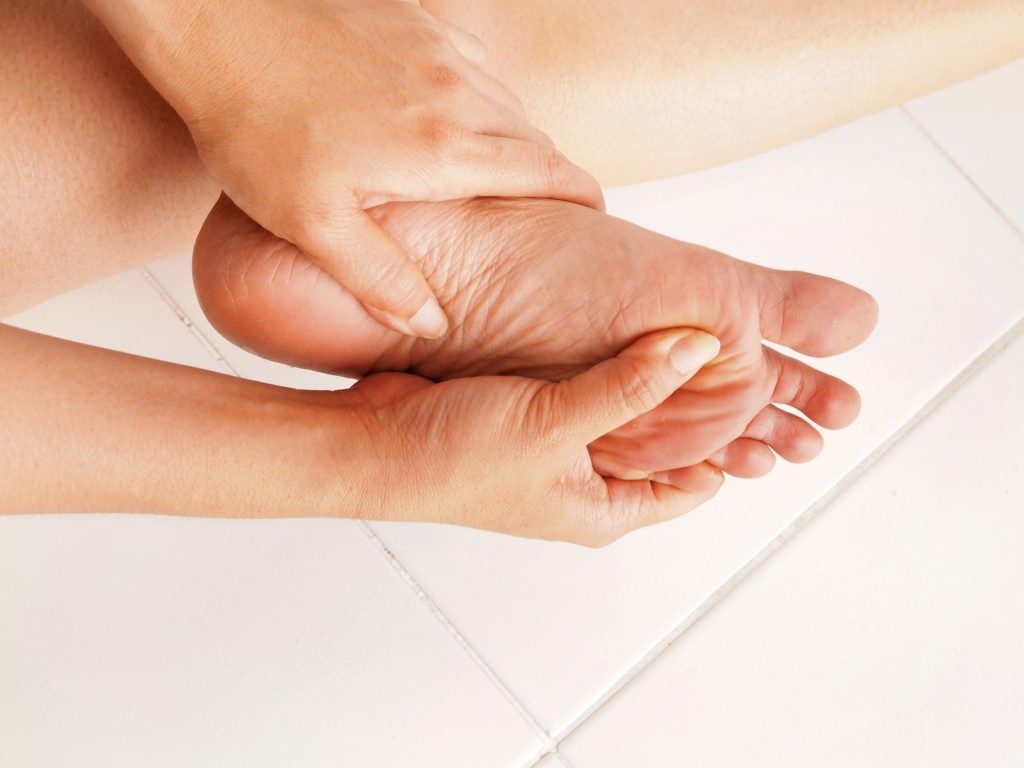Metatarsalgia, also known as ball-of-the-foot pain, is pain due to inflammation in the ball of the foot. This is the area located between your foot arch and your toes. Metatarsalgia typically occurs because of overuse injuries during sports that involve jumping and running. But, it could also result from ill-fitting footwear, arthritis, foot abnormalities, and certain diseases.
Causes of Metatarsalgia
The most common cause of ball-of-the-foot pain is sporting activities that place extreme pressure on your foot’s metatarsal bones. These usually cause overuse of those bones that, in turn, could increase inflammation in the entire area and irritate the cartilage, ligaments, and tendons around. Other common causes include the following:
- Footwear that doesn’t fit properly and sneakers or high heels that don’t have sufficient arch support or padding
- Being obese or overweight also places undue pressure on the metatarsal area
- Foot abnormalities including bunions, huge calluses, hammer toe, a second toe that’s longer than the big toe, high arches
- Certain diseases like arthritis, bursitis, Morton’s neuroma, and gout
Symptoms of Metatarsalgia
Pain from metatarsalgia typically develops over time and may worsen when you are standing, exercising, playing sports, or walking. You may feel the following symptoms:
- Tingling or numbness in your toes
- Feeling like you are walking with pebbles or marbles in your shoes
- Shooting or sharp burning pain in the ball of the foot
Treatment for Metatarsalgia
Your treatment options will largely depend on the severity of your symptoms and the exact cause of your condition. In general, however, orthopedic physicians in Des Moines, IA agree that you should undergo conservative treatment first to try and ease your symptoms. Left untreated, your symptoms could result in permanent alteration of your gait, which could then impact your lower back, hips, and legs. These treatments usually include the following:
- Resting the affected foot and elevating it after activity
- Icing your foot for at least 20 minutes a couple of times daily
- Taking OTC painkillers to reduce inflammation and pain
- Losing excess weight if you are obese or overweight
You may also be able to minimize your pain and avoid recurrence by wearing footwear that fits your feet perfectly and provides ample support for the ball of your foot. Taking a break from high-impact exercise routines or sporting activities will also help. In the meantime, consider low-impact exercises such as cycling or swimming.
Working with an experienced physical therapist is also a good idea, especially if the at-home remedies mentioned above do not work. Your physical therapist will be able to teach you range-of-motion stretches and exercises that will strengthen the affected muscles. You can also consider working with an occupational therapist who can craft customized orthotics for you, such as arch support or metatarsal pad.
Having pain in the ball of your foot could be difficult, but the most important thing to remember is that most cases of metatarsalgia can be resolved without surgery. With this in mind, seeking early diagnosis and, in turn, early treatment is extremely crucial.

